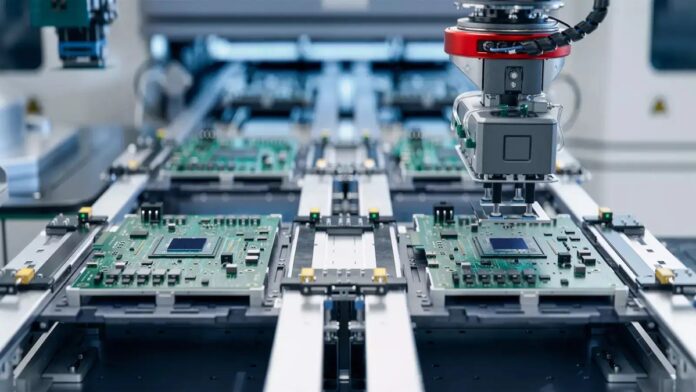Kaynes Semicon, the semiconductor subsidiary of Kaynes Technology, is set to deliver its first chip from its outsourced semiconductor assembly and testing (OSAT) facility in Sanand, Gujarat, by the first week of October. The milestone comes less than 11 months after receiving approvals in September last year, reflecting one of the fastest execution timelines in the sector, chief executive officer Raghu Panicker told Fe.
Speeding towards a self-reliant ecosystem
“Our first product will be handed over to customers in October. From approvals to delivery in under a year is record time, and it shows the speed and commitment with which the company is working,” Panicker said.
ALSO READSmall car prices will come down by 9%, says Maruti Suzuki India chairman Financial viability and strategic partnerships
Kaynes Semicon is projecting revenues of $10 million for the current fiscal year and expects to break even within the next 18 months. The company is also eyeing a public listing once its revenues cross $100 million, a target it hopes to achieve in two-and-a-half years. Margins are expected to remain strong, with Panicker noting that multi-chip module manufacturing delivers about 30% profitability. The company expects this figure to rise as it expands into advanced packaging technologies such as flip-chip ball grid arrays, co-packaged optics, and silicon photonics, which are critical for data centres and high-speed networking.
The company has already tied up with several global majors to strengthen its positioning. It has entered into an asset purchase agreement with Fujitsu General Electronics for power module production lines, signed a memorandum of understanding with Infineon, and is working with Alpha and Omega Semiconductor. Its current focus is on power and lifestyle products, though Panicker indicated mobile applications may be added as the customer base grows.
ALSO READGST rate impact on on solar, renewable energy: Experts see volume boost, higher demand
Government backing has been central to the venture. The Sanand facility is being developed under the India Semiconductor Mission (ISM), part of the government’s Rs 76,000 crore semiconductor incentive package. With an investment of around Rs 3,300 crore, it will be among the first OSAT units in the country to be run by an Indian company, equipped with pilot production capabilities, cleanrooms, and backend infrastructure for testing, failure analysis, and reliability assessments.
“The government looks at pedigree,
» Read More


